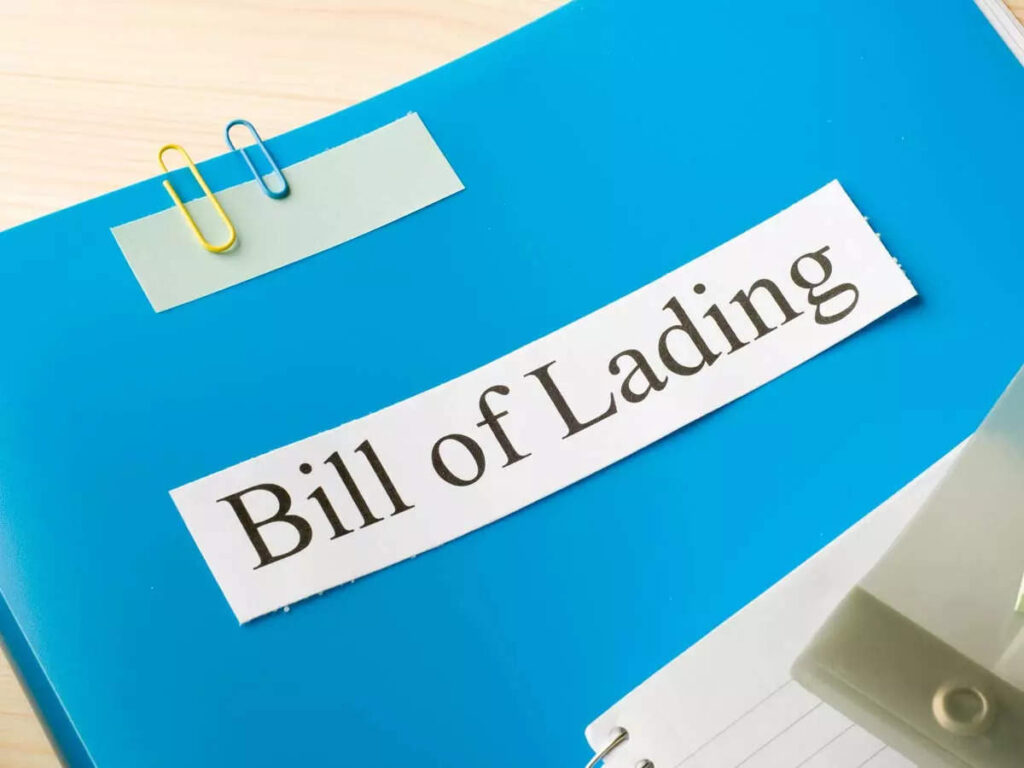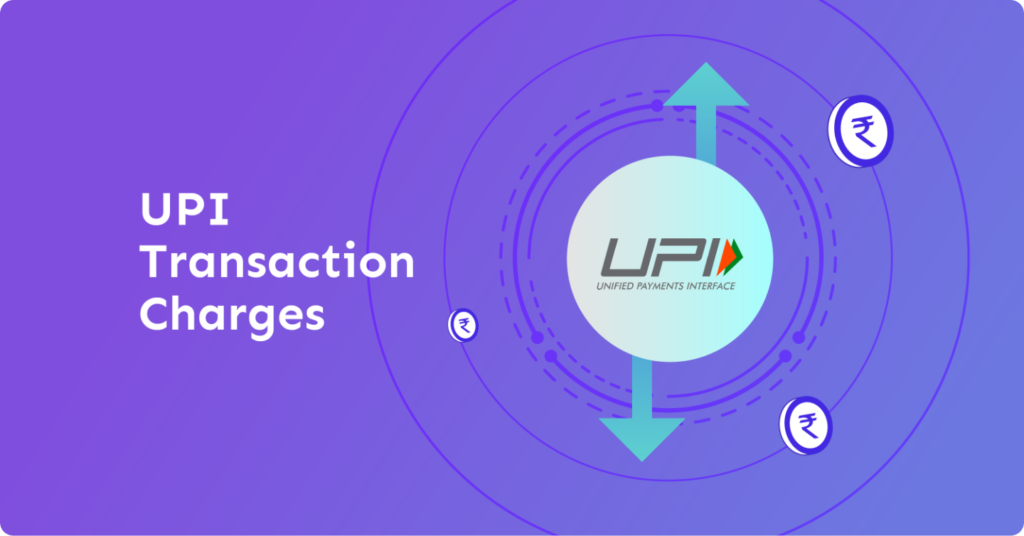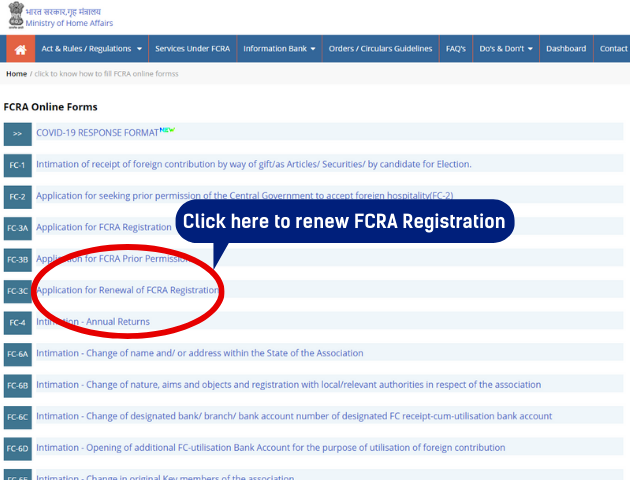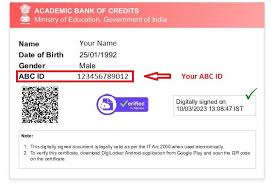MSME industries are the backbone of the economy. They are also known as Small Scale Industries (SSIs). The government of India provides an MSME registration to the industries classified by the government as Micro, Small and Medium Enterprises (MSME) in India. The MSME registration helps MSMEs to obtain various benefits provided by the government for their establishment and growth. What is MSME? MSME stands for Micro, Small, and Medium Enterprises. It is a classification introduced by the Government of India following the Micro, Small, and Medium Enterprises Development (MSMED) Act of 2006. These enterprises primarily produce, manufacture, process, or preserve goods and commodities. The MSME sector is crucial to India’s economy, contributing significantly to employment generation and overall economic growth What is Udyam Registration/MSME Registration? Udyam Registration is an electronic certificate issued by the Indian government to Micro, Small, and Medium-sized Enterprises (MSMEs) operating in the country. It has replaced the earlier Udyog Aadhaar Memorandum (UAM) registration process. While Udyam registration is not mandatory, it offers significant benefits to MSMEs, making it advantageous for them to apply for this registration. By obtaining Udyam registration, MSMEs become eligible for various government benefits and incentives exclusively available to enterprises under the MSME category. The registration process for Udyam is entirely based on self-declaration, eliminating the need to upload any documents, papers, certificates, or proofs. MSME Registration Eligibility All manufacturing, service industries, wholesale, and retail trade that fulfil the revised MSME classification criteria of annual turnover and investment can apply for MSME registration. Thus, the MSME registration eligibility depends on an entity’s annual turnover and investment. The following entities are eligible for MSME registration: Individuals, startups, business owners, and entrepreneurs Private and public limited companies Sole proprietorship Partnership firm Limited Liability Partnerships (LLPs) Self Help Groups (SHGs) Co-operative societies Trust Eligibility for MSME Registration Process Micro Enterprises: Micro enterprises are those whose investment in machinery, plant, or equipment does not exceed Rs. 1 crore, and their annual turnover is below Rs. 5 crore. Small Enterprises: Small enterprises are those whose investment in machinery, plant, or equipment is below Rs. 10 crore, and their annual turnover is less than Rs—50 crore. Medium Enterprises: Medium enterprises are those whose machinery, plant, or equipment investment does not surpass Rs. 50 crore and their annual turnover does not exceed Rs. 250 crore. Documents Required for MSME Registration PAN Card Number: The enterprise’s Permanent Account (PAN) card number. Aadhaar Number: The Aadhaar card number of the individual associated with the enterprise, depending on the type of organization: Proprietorship Firm: Aadhaar card number of the proprietor. Partnership Firm: Aadhaar card number of the managing partner. Hindu Undivided Family (HUF): Aadhaar card number of the Karta. Limited Liability Partnership (LLP), Company, Cooperative Society, or Trust: Aadhaar card number of the authorized signatory. GST Number: The enterprise’s Goods and Services Tax (GST) identification number. Benefits of Udyam Registration Access to Government Schemes: Udyam registration is a prerequisite for MSMEs to avail themselves of various government schemes and programs the Ministry of MSME offers. These schemes include the Credit Linked Capital Subsidy, Credit Guarantee, Public Procurement Policy, and more. Registering under Udyam ensures that MSMEs can tap into these initiatives and receive essential financial support and incentives. Seamless Integration: The Udyam portal seamlessly integrates with other critical government systems, such as the income tax portal, GST identification systems, and government e-marketplace. This integration streamlines various administrative processes, making it easier for MSMEs to manage their financial and tax-related affairs efficiently. Priority Sector Lending: With Udyam registration, MSMEs become eligible for priority sector lending from banks. This special lending consideration enables them to access credit facilities more efficiently and at favorable terms, further supporting their business expansion and investment plans. Extended MAT Credit: MSMEs with Udyam registration are entitled to carry forward Minimum Alternate Tax (MAT) credit for 15 years instead of the previous ten years. This extension provides them additional tax benefits, facilitating better financial planning and stability for their long-term growth. Lower Interest Rates: One of the most significant advantages of Udyam registration is the ability to secure bank loans at lower interest rates. Typically, MSMEs with Udyam registration can avail of loans as low as 1% to 1.5%, reducing their financial burden and enhancing their capacity to invest in business expansion and innovation. How to Get Udyam Registration Online? Step 1: Visit the Udyam registration portal. Step 2: On the homepage, click the option ‘For new entrepreneurs who are not registered yet as MSME or those with EM-II.’ Step 3: Enter the ‘Aadhaar Number’ and the ‘Name of Entrepreneur,’ then click the ‘Validate & Generate OTP’ button. Step 4: An OTP will be sent to the mobile number linked with the Aadhaar card. Enter the OTP and click on the ‘Validate’ button. Step 5: Once the Aadhaar is validated, proceed to the PAN verification page. Enter the ‘Type of Organisation’ ‘PAN’ number, and click the ‘Validate’ button. Also, indicate whether you have filed the previous year’s ITR and if you have a GSTIN. Step 6: The Udyam registration application form will appear. Fill in all required details, including the name of the entrepreneur, mobile number, name of the enterprise, location of the plant/unit, address of the enterprise, status of enterprise, bank details, activity of the unit, NIC code, and number of persons employed. Step 7: Provide the following Details. Click the Submit button and Get the Final OTP. Investment in plant and machinery details and turnover details. Select the declaration. Step 8: Enter the final OTP received and submit the form. You will receive the Udyam e-registration certificate in your email. FAQs What is the MSME registration verification? Entrepreneurs can verify their Udyam registration number by following the below steps: Visit the Udyam registration portal. Click on the ‘Print/Verify’ option and click on the ‘Verify Udyam Registration Number’ option. Enter the ‘Udyam Registration/Reference Number’, enter the captcha code and click on the ‘Verify’ button. How to cancel MSME registration? Once the MSME application is submitted, it cannot be cancelled. MSME Registration Certificate will be issued within 2-4 days of submission of MSME online application form









